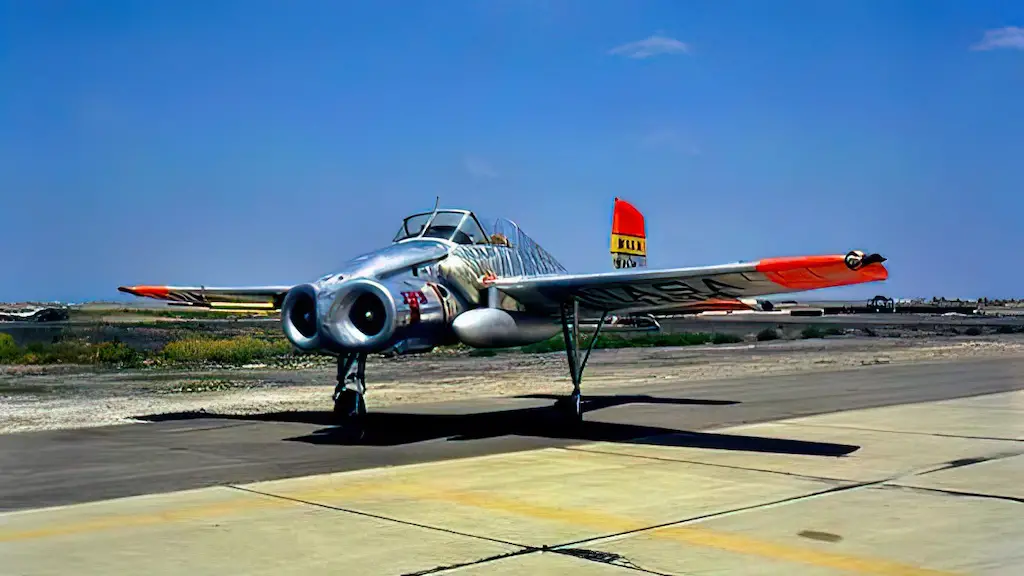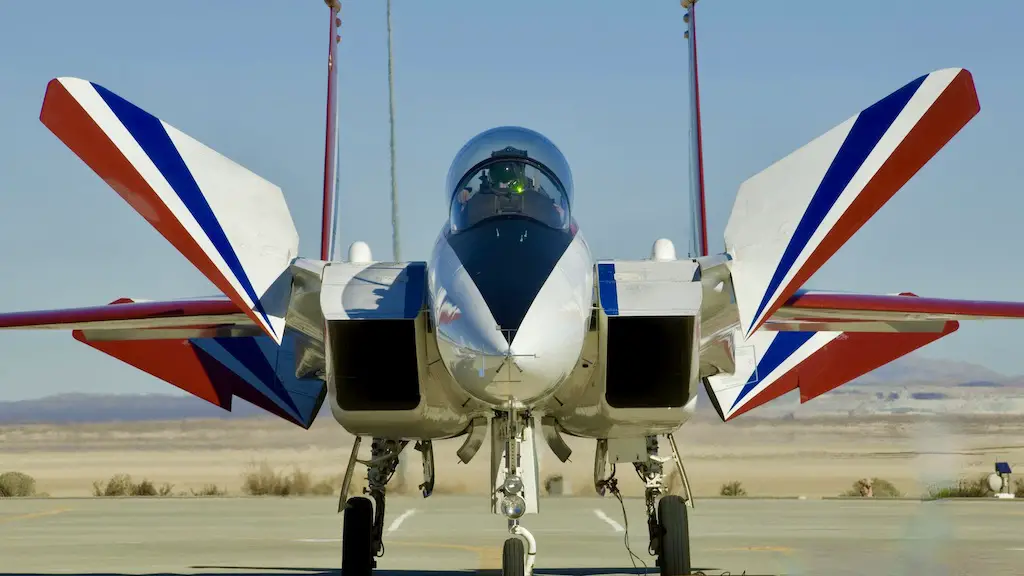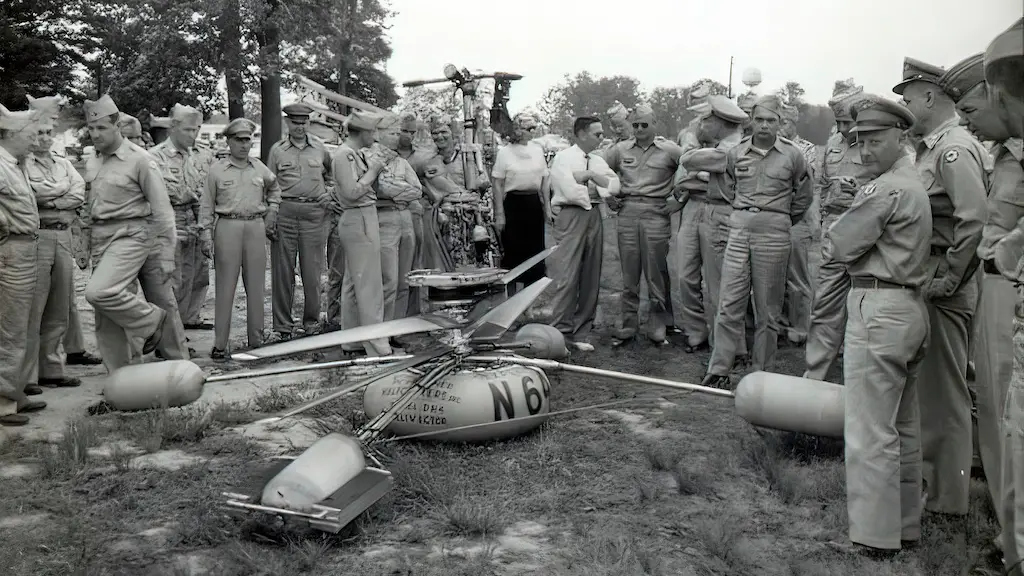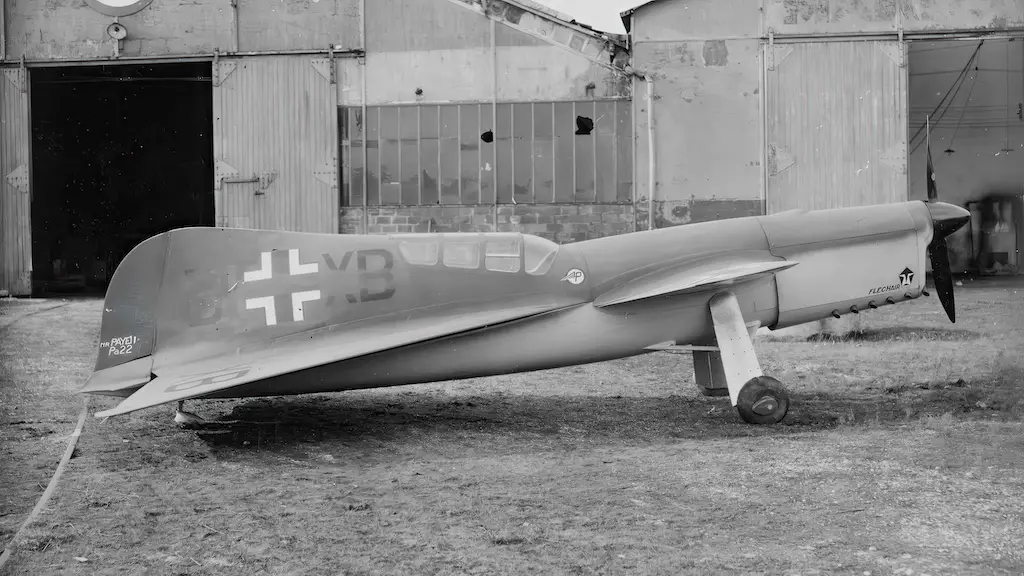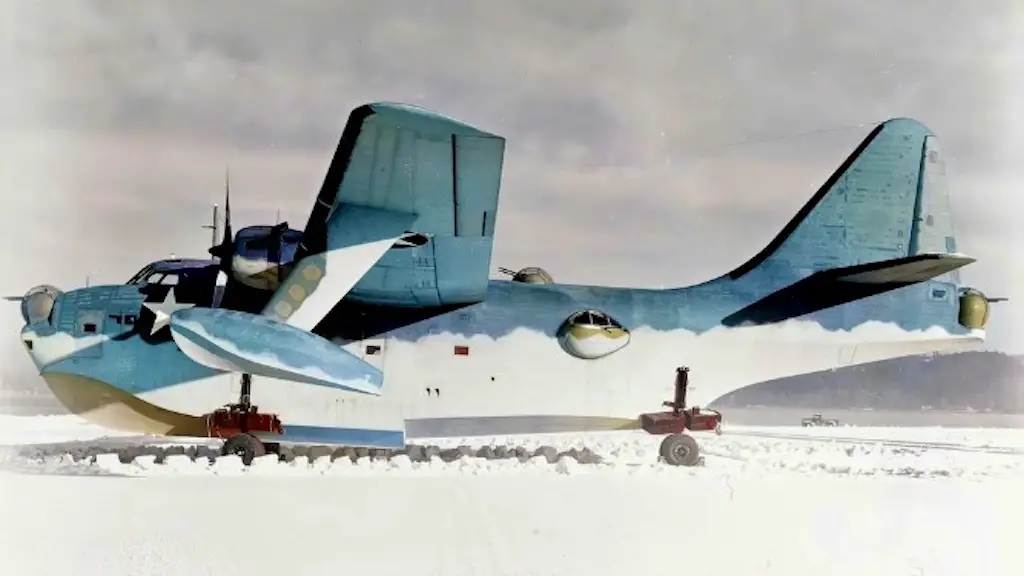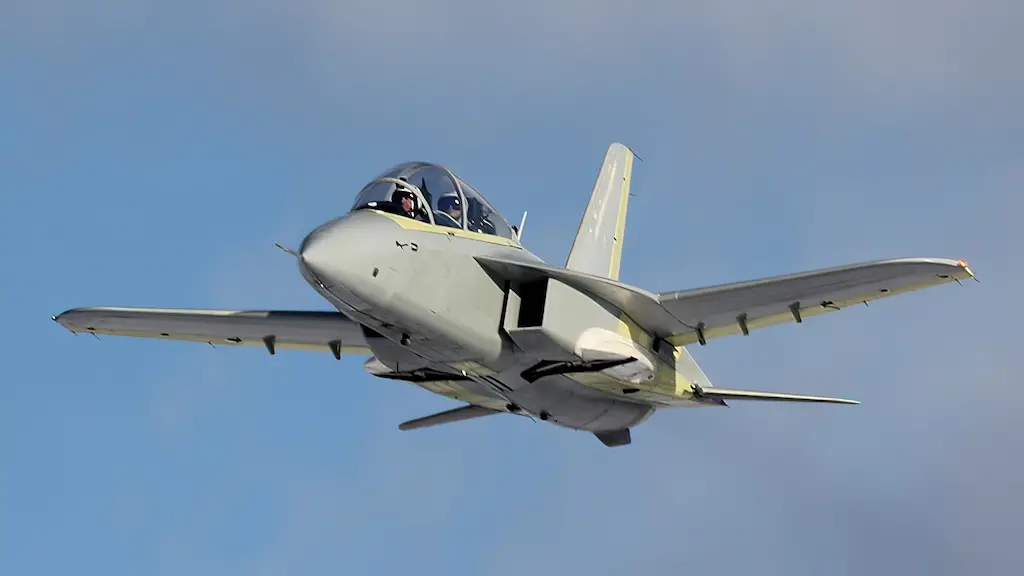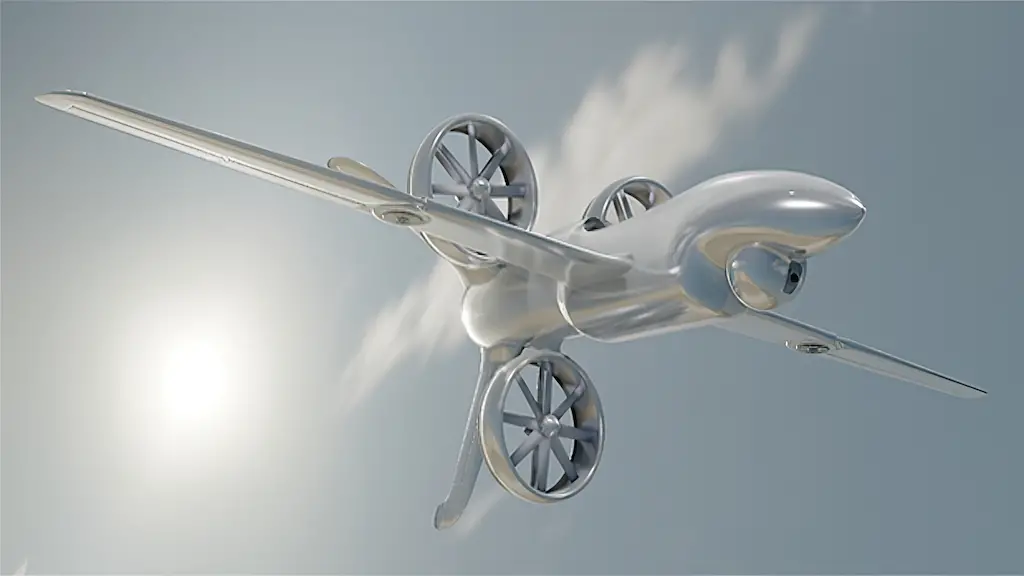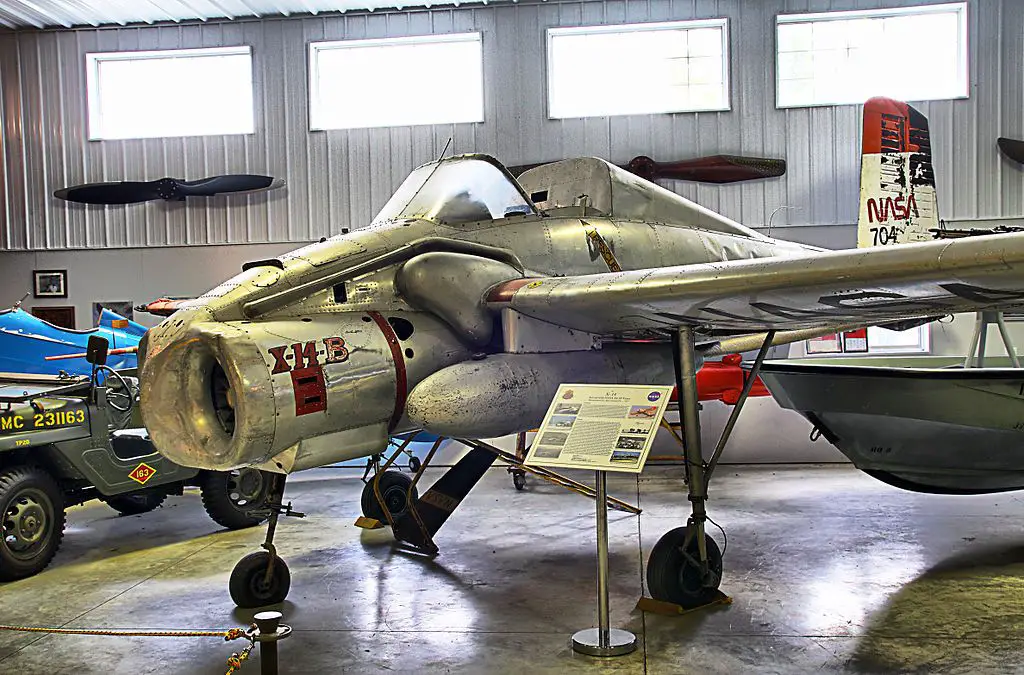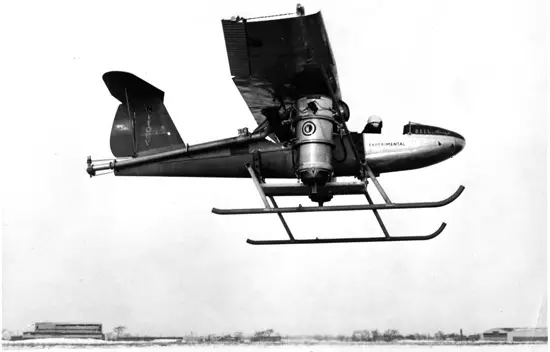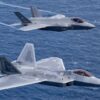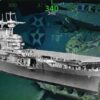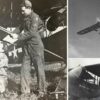In the mid-1950s, after initial experiments into jet-powered vertical takeoff and landing (VTOL) technology with the use of Model 65 ATV, Bell designed a more sophisticated VTOL aircraft. Unlike its humble predecessor, Bell X-14 (aka Bell Type 68) successfully performed the transition from vertical to horizontal flight and back.
Pioneering vectored thrust
While that period in the history of VTOL craft was marked by many eccentric designs, such as tailsitters and tiltwings, Bell went for a more down-to-earth approach that would later become the most widespread one in jump jets. The X-14 was powered by two turbojets mounted in the nose side by side featuring movable vanes for thrust vectoring. Initially these were 1,560lb Armstrong Siddeley Viper 8 power plants.
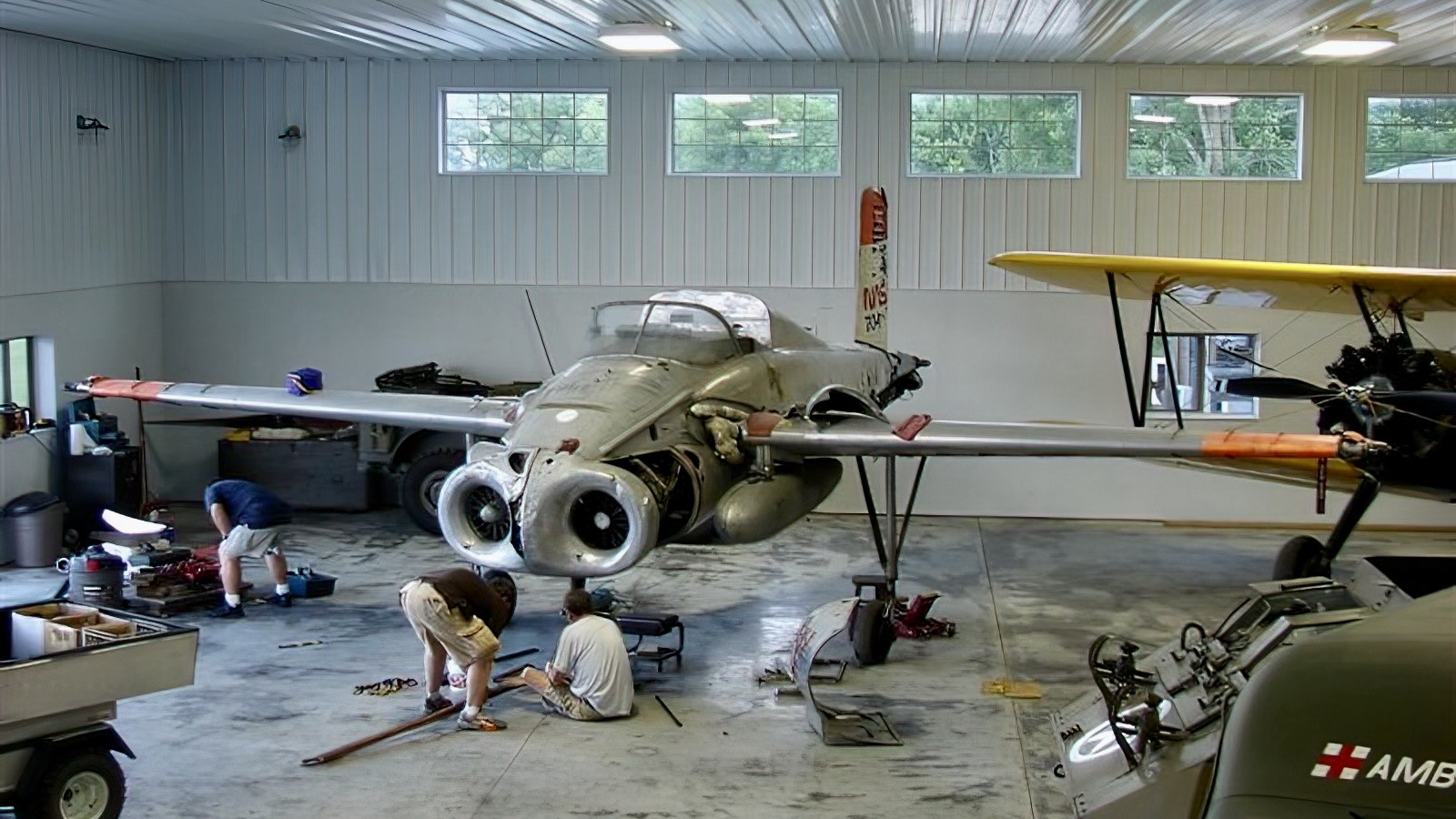
Later they were substituted for more powerful ones. First for 2,680lb General Electric J85-GE-5s and then for 3,015lb J85-GE-19s. In most other respects, the X-14 was quite a usual aircraft made using wings, fuselage and landing gear of a Beechcraft Bonanza and a Beechcraft T-34 Mentor. Also, it had only a windshield and no canopy, resembling an elegant 1950s convertible.
Preparing the mankind’s giant leap
Throughout the 1960s and 1970s the X-14 took part in a number of research programs. In 1959 recently created National Aeronautics and Space Administration (NASA) got the aircraft into its hands.
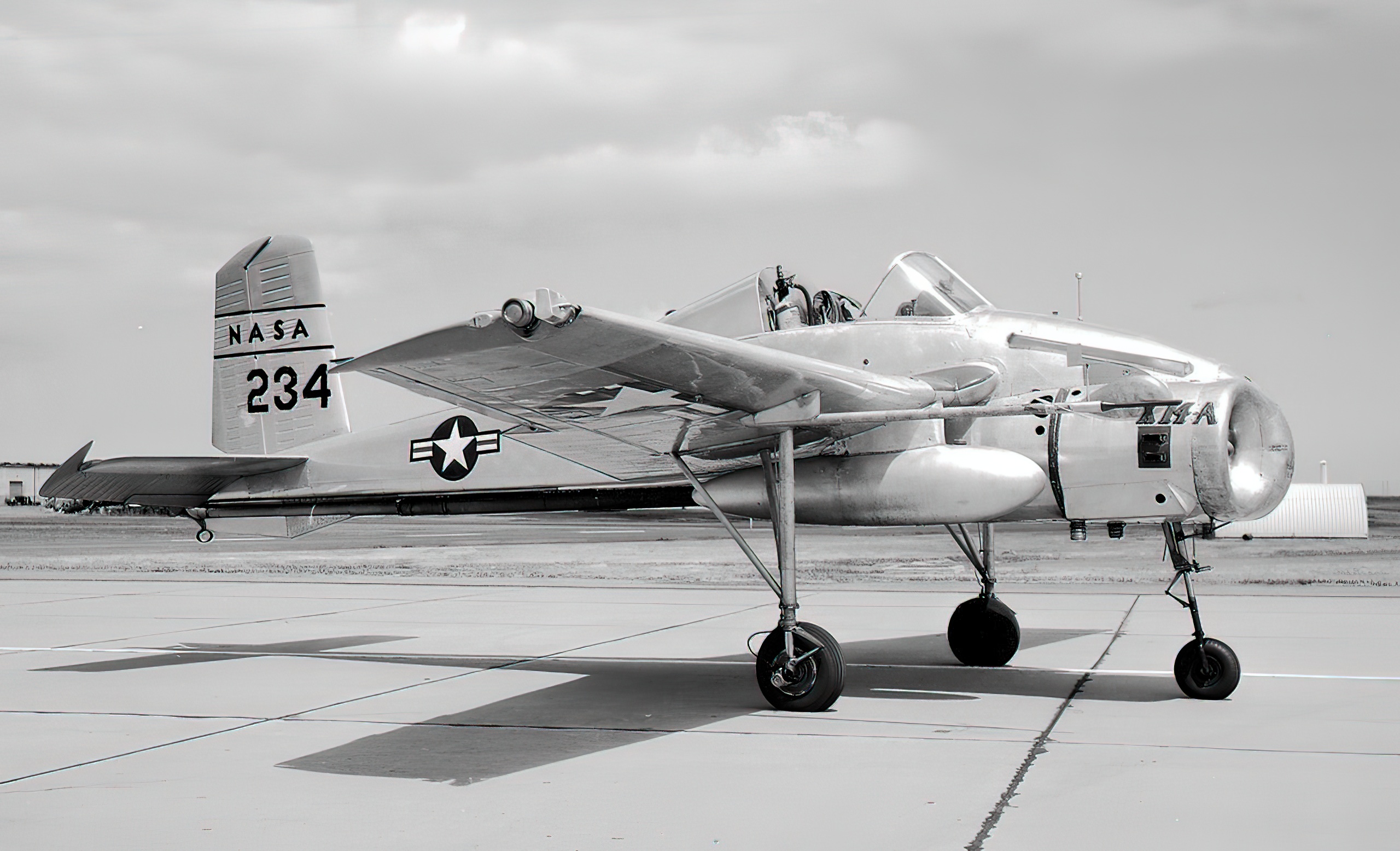
When the Project Apollo got going two years later, the X-14 became a training vehicle for the astronauts simulating their future touchdowns on the Moon’s surface in the Lunar Excursion Module. During these years it was piloted, among others, by Neil Armstrong, the first man to set foot on the Moon.
A long living testbed
The X-14 outlived many of its testbed brethren that ended up at the scrapyard after several years of testing. Over two dozen pilots got to fly it during its service life spanning almost a quarter of a century, from ground tests in late 1956 to its last flight in 1981. In May of that year the X-14 sustained heavy damage during a hard landing.
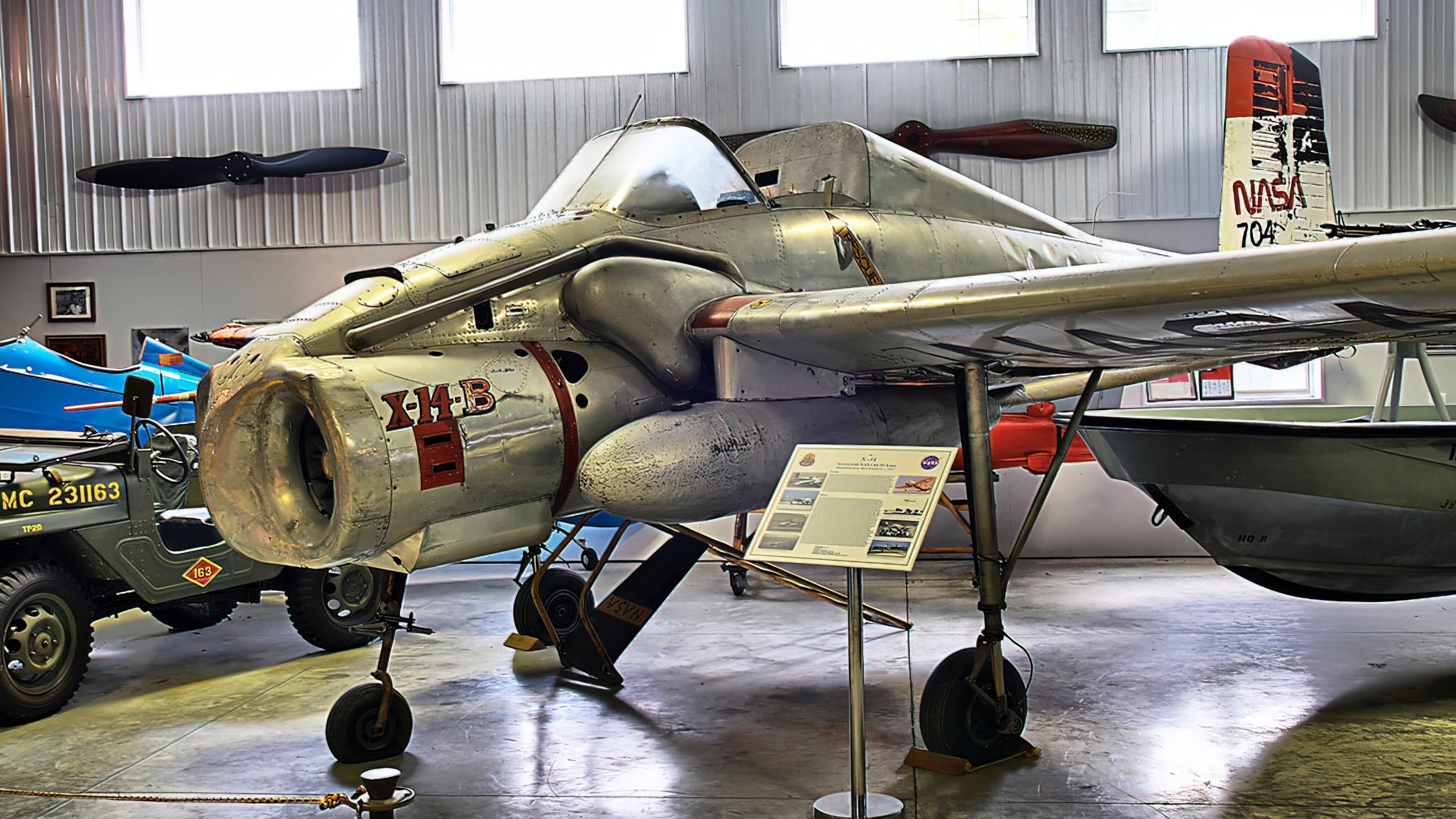
As the aircraft was pretty old and had mostly fulfilled its historic mission by then, there was no need to repair it and it never was. It did, however, escape the scrapyard, ultimately making it into the collection of the Ropkey Armor and Aviation Museum in Crawfordsville, Indiana.

